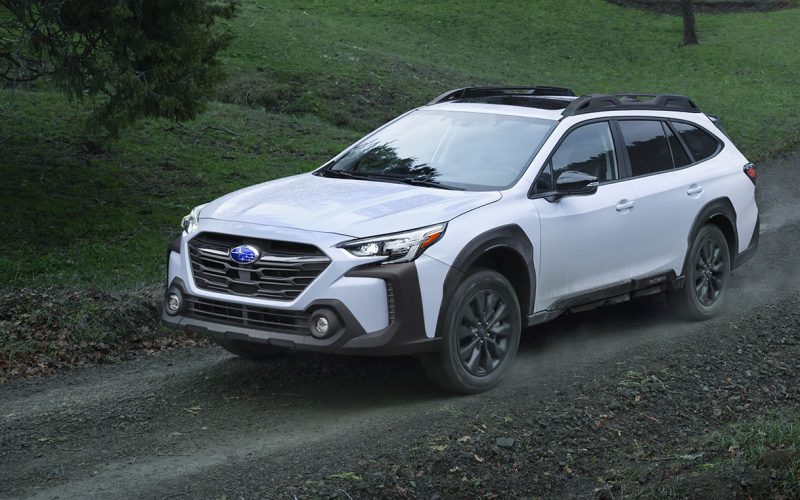
Reading Time: 7 minutesAmid the best month of Outback sales Subaru Canada has ever had, resulting in 3,455 units
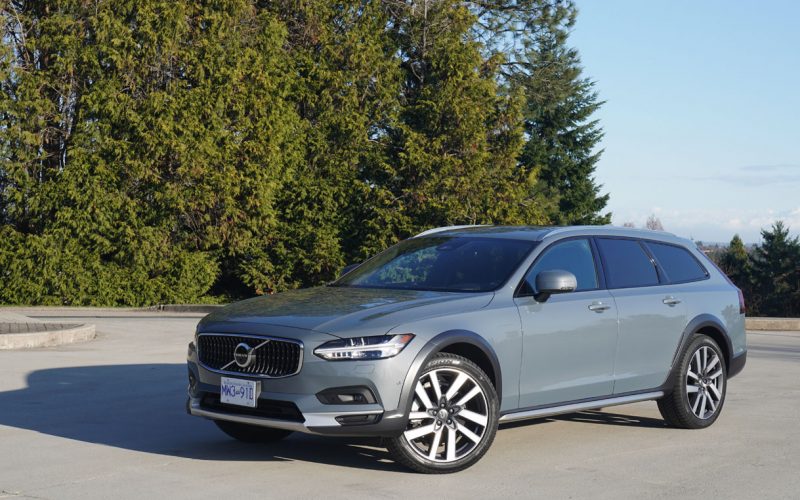
Reading Time: 13 minutesWhen growing up in the ‘60s and ‘70s, wagons were everywhere. We always had one in
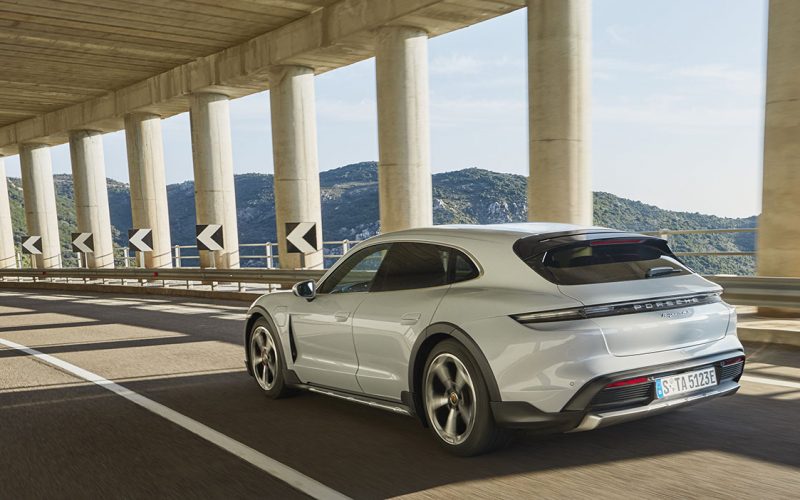
Reading Time: 5 minutesFocusing on practical considerations when spending between $120,000 and $220,000 on a new car might not
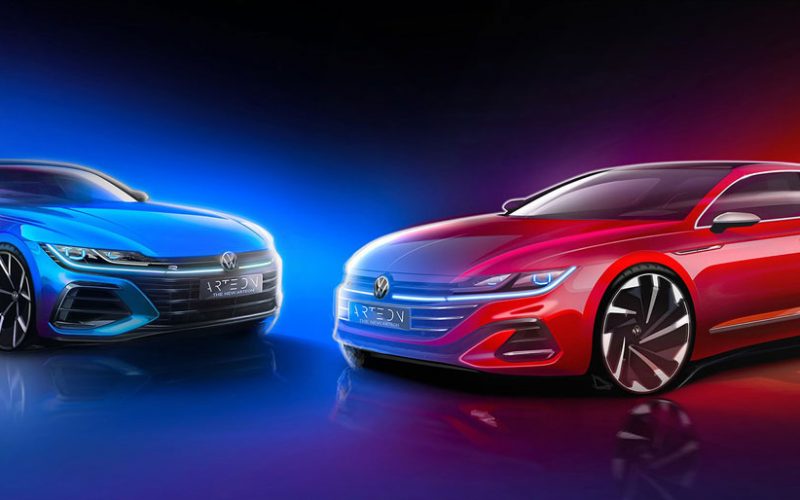
Reading Time: 4 minutesAhead of the 2021 Arteon four-door coupe virtual world première set for June 24th, Volkswagen has
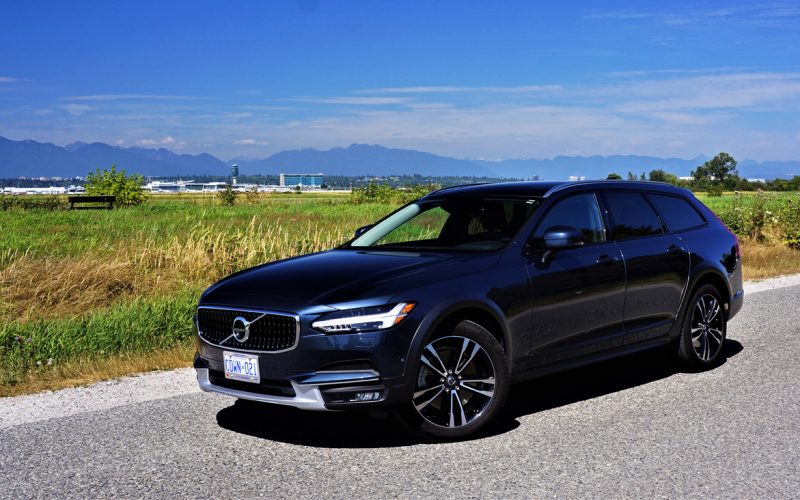
Reading Time: 13 minutesBack in early 2017, Volvo asked us to “rediscover [our] passion in life” in a then
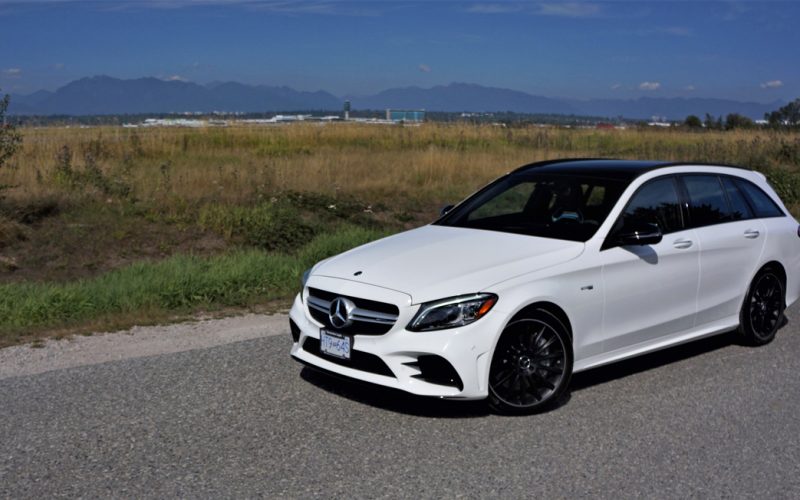
Reading Time: 13 minutesIf you’re old enough to be called a boomer, or if you fall into the early
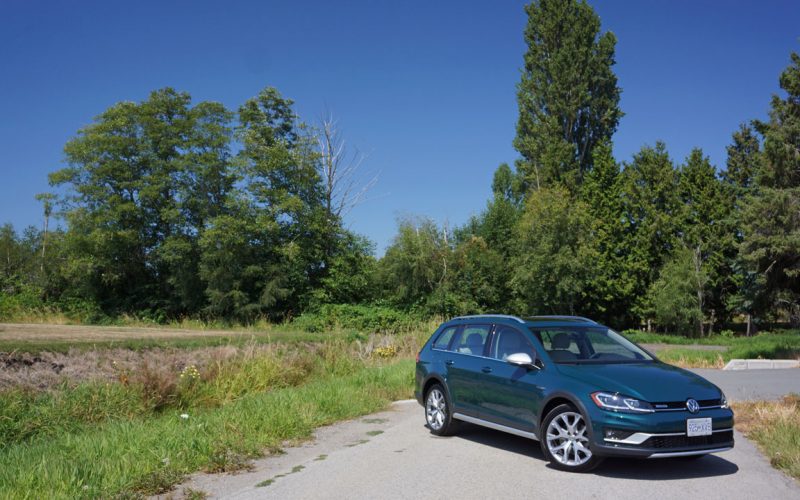
Reading Time: 9 minutesNews flash! Volkswagen has a lot of 2019s still available, including the fabulous Golf Alltrack. Okay,
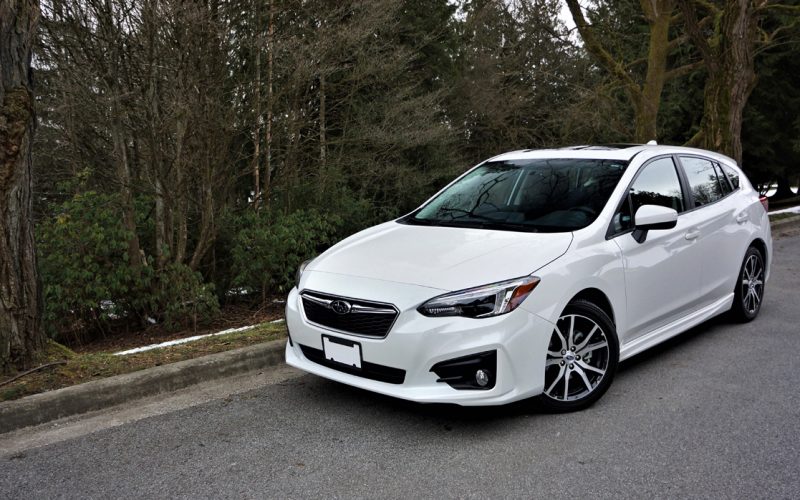
Reading Time: 11 minutesThe compact class is incredibly competitive in Canada, but thanks to continually improving its exterior design,
© 2025 The Car Magazine. All Rights Reserved, Privacy Policy | Terms of Use